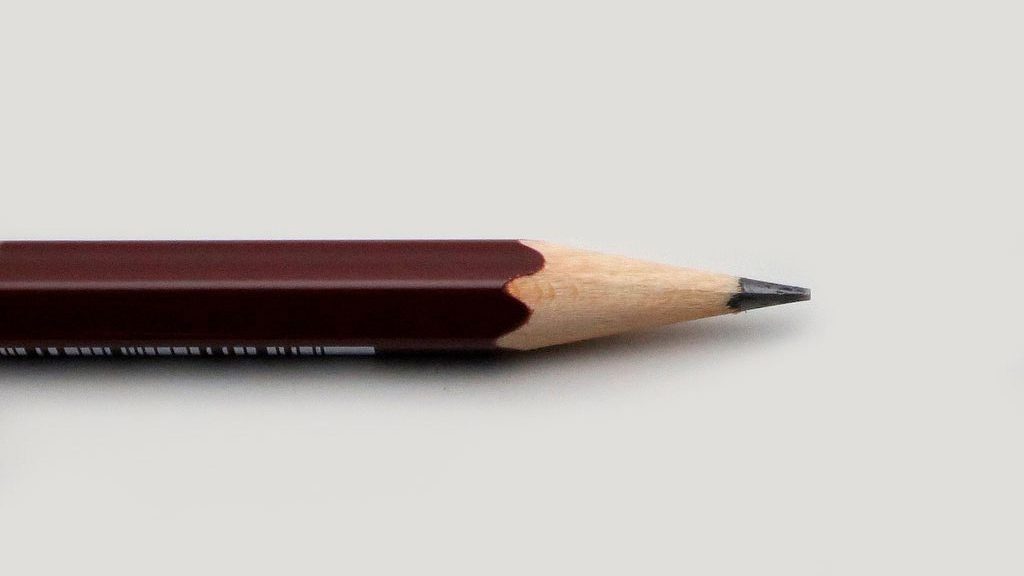The Things We Draw
While paging through Charles Bargue’s Drawing course book, Scout’s eyes lit up as we came upon the print of the plaster cast torso.
“It even has block-in lines!” she said enthusiastically, referring to the angled directional lines that would help her depict weight distribution of the figure’s muscles. We promptly bookmarked the page as the … Continue Reading ››


 During the early 17th century, as Shakespeare's Prince Hamlet first gazed upon a skull and questioned what to be in life, the country of England was busy mining a valuable carbon material. This dark, powdery material eventually …
During the early 17th century, as Shakespeare's Prince Hamlet first gazed upon a skull and questioned what to be in life, the country of England was busy mining a valuable carbon material. This dark, powdery material eventually …